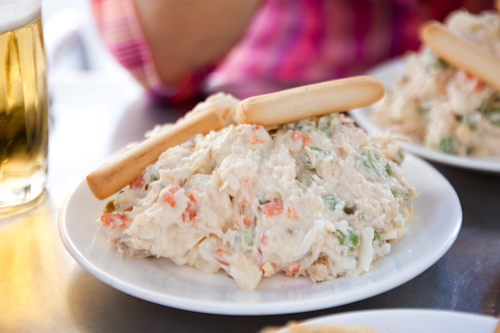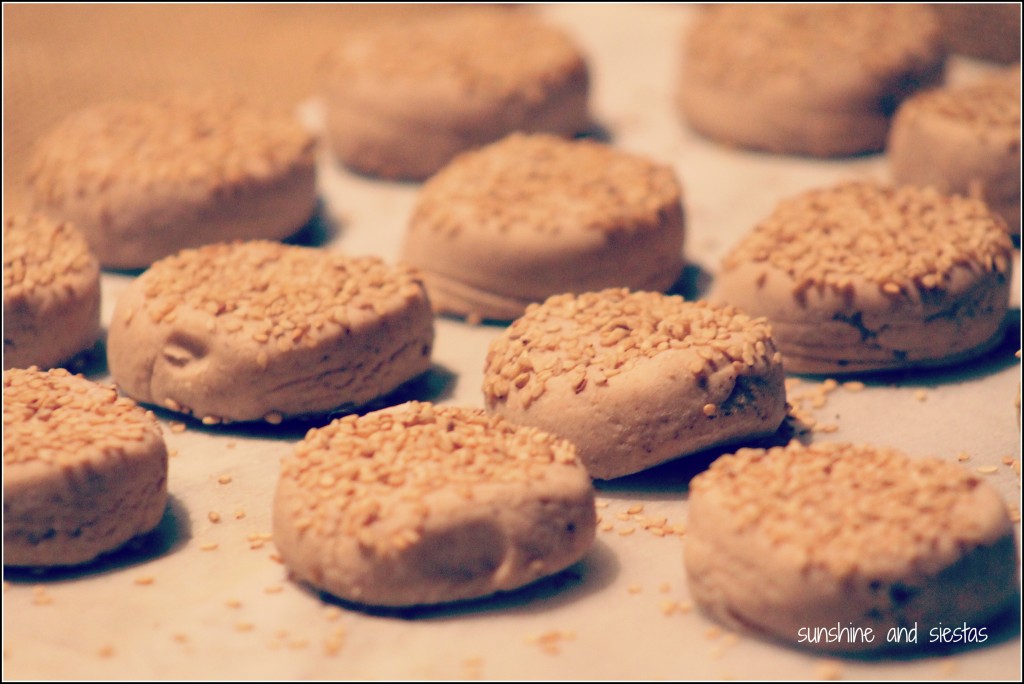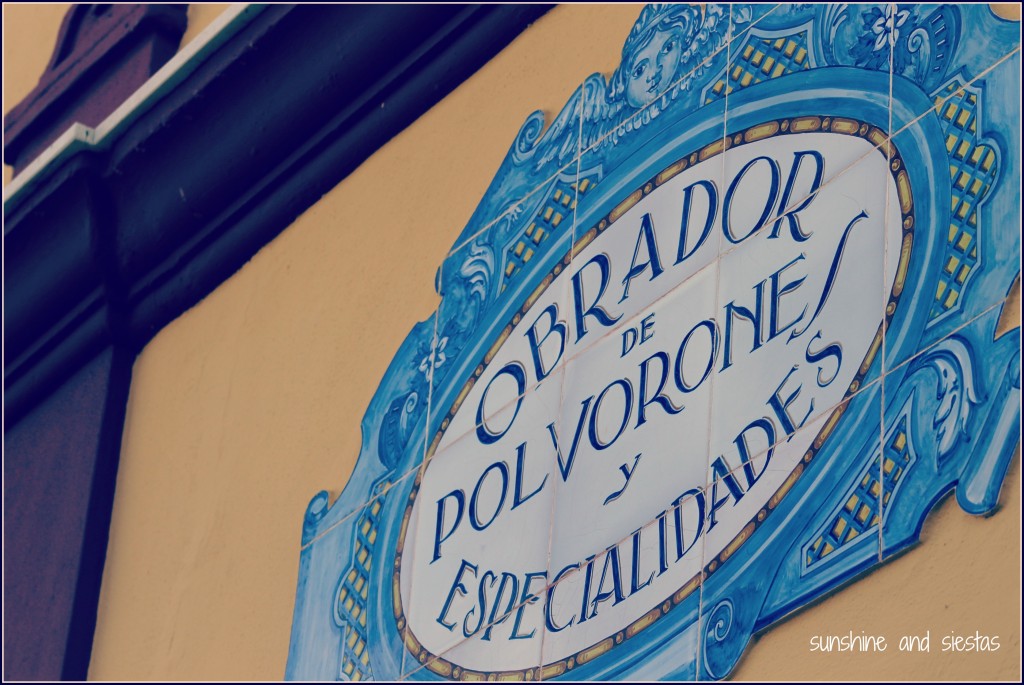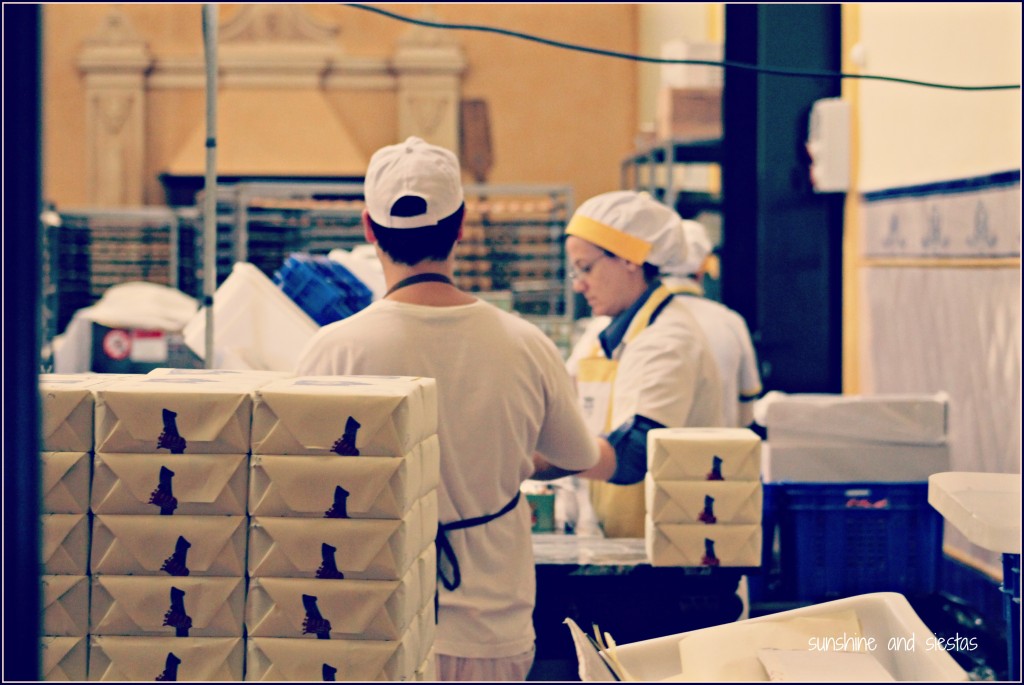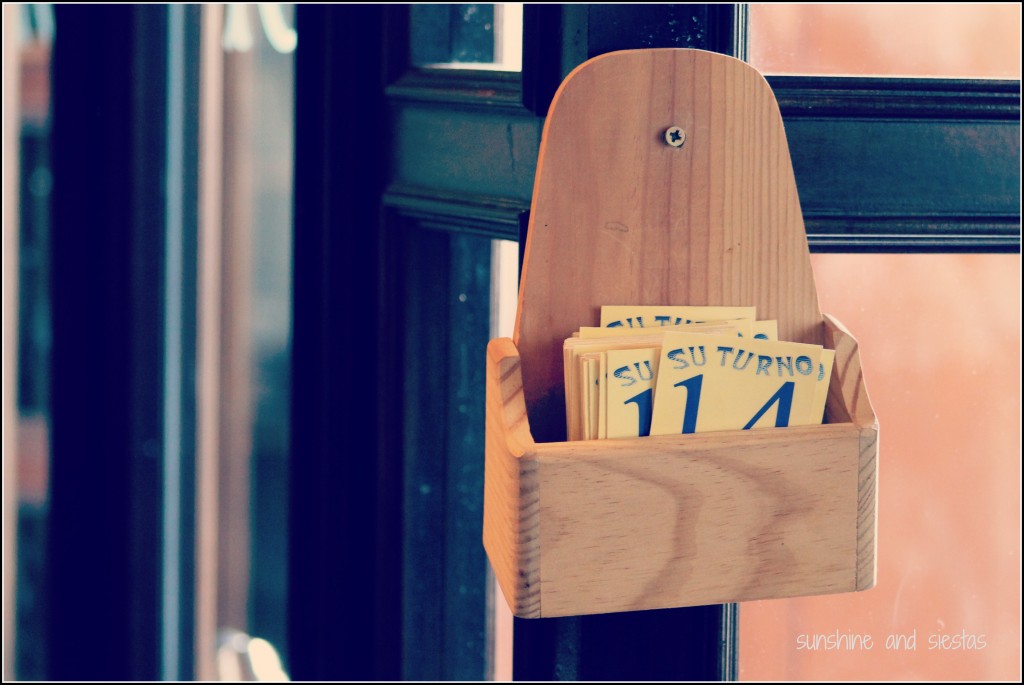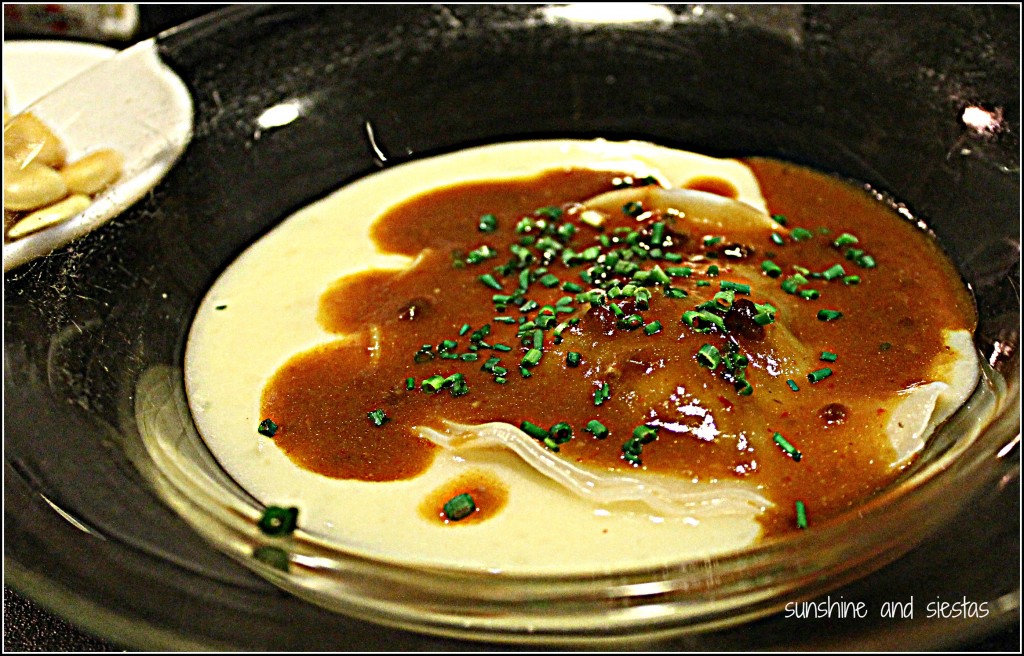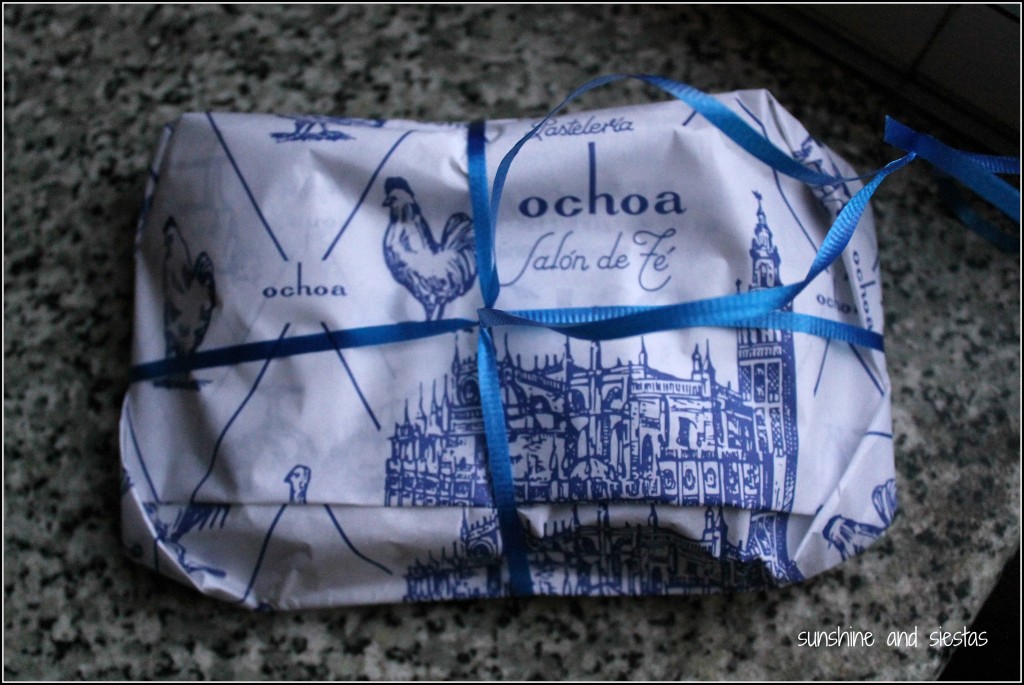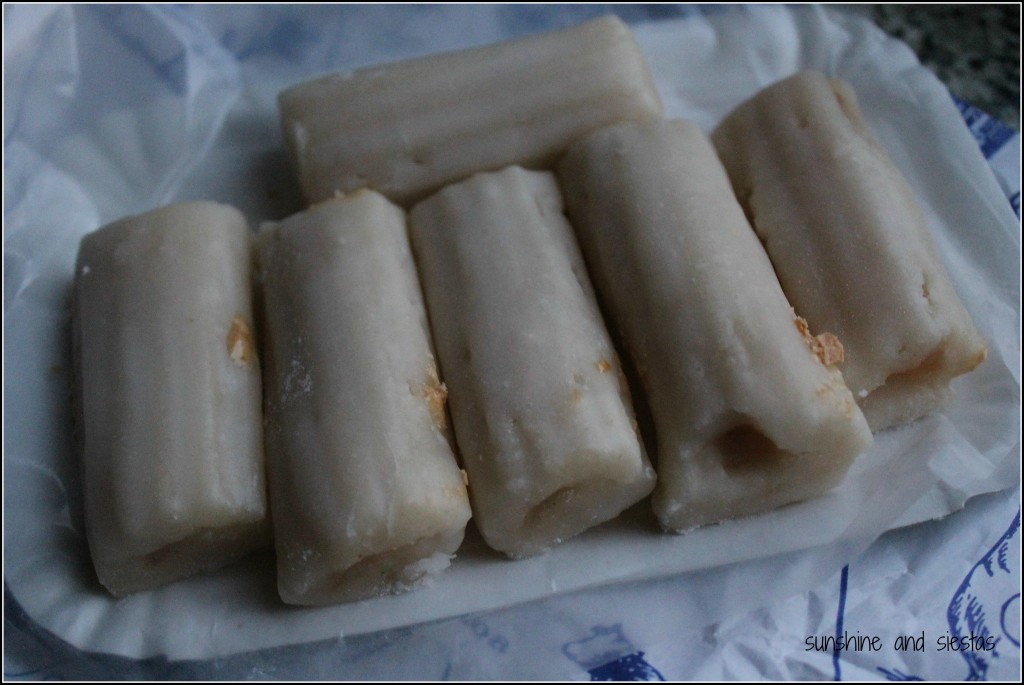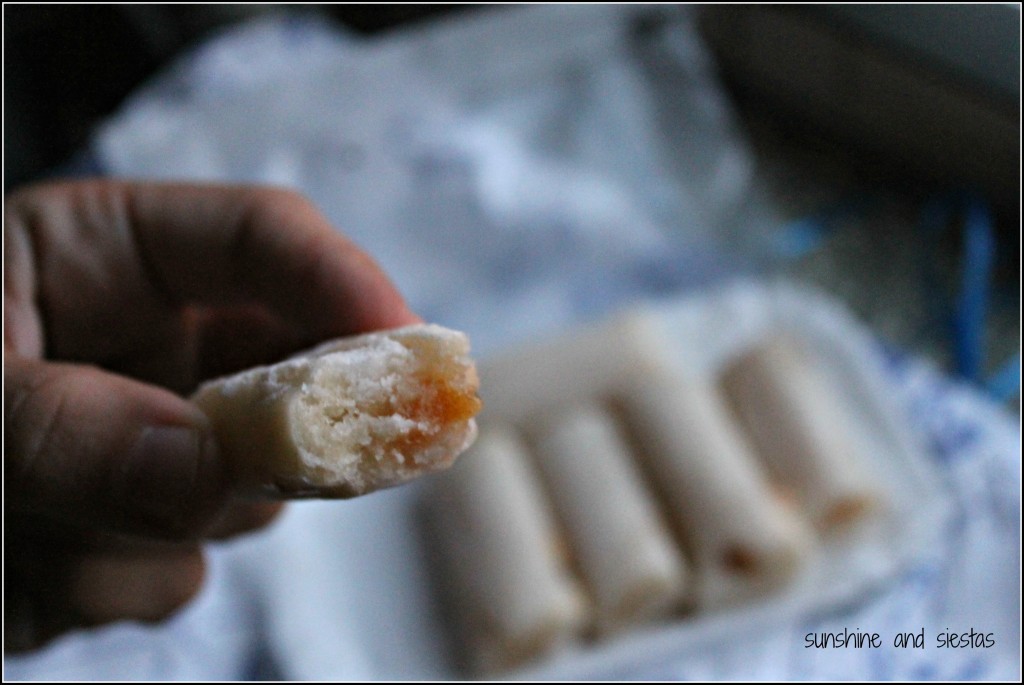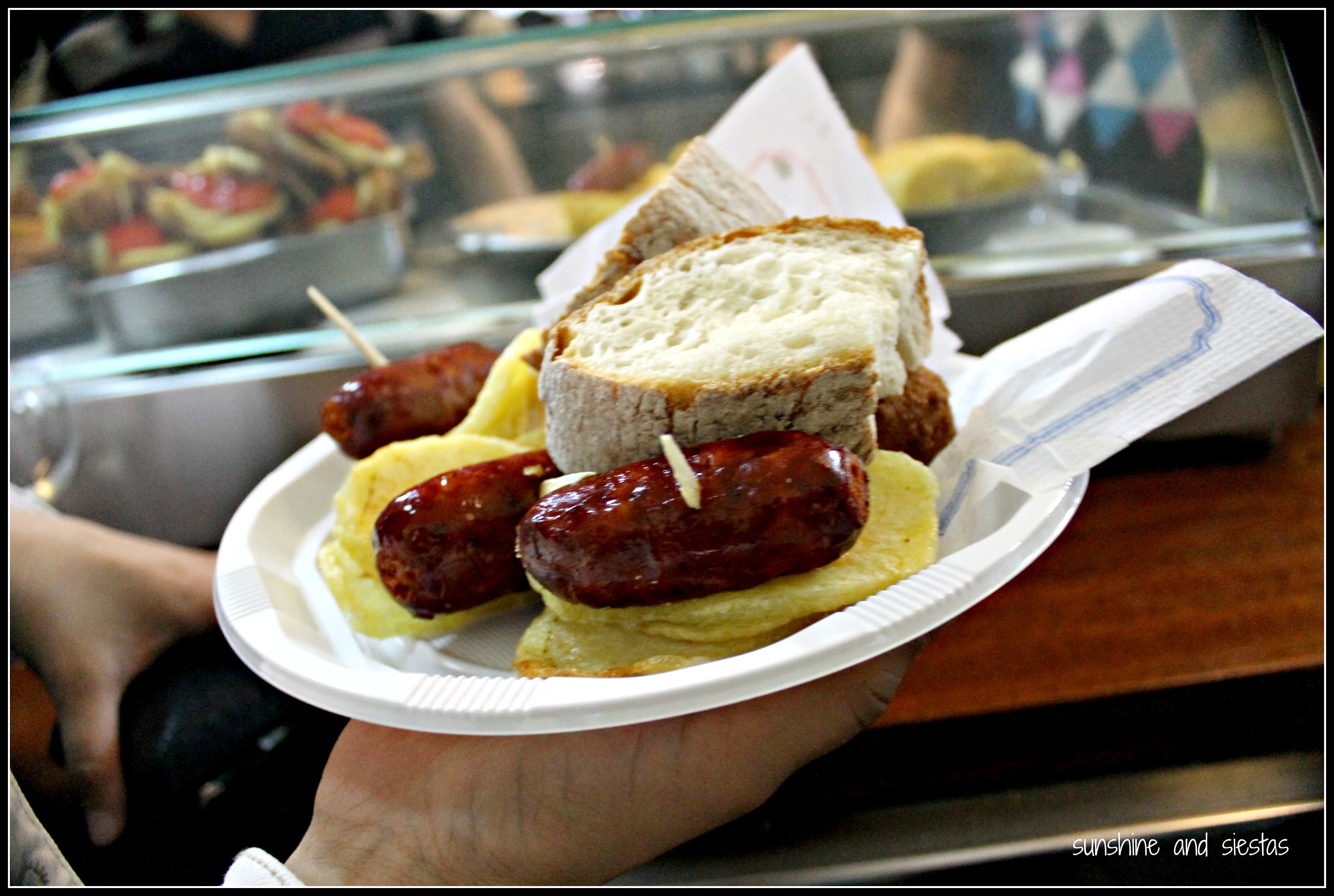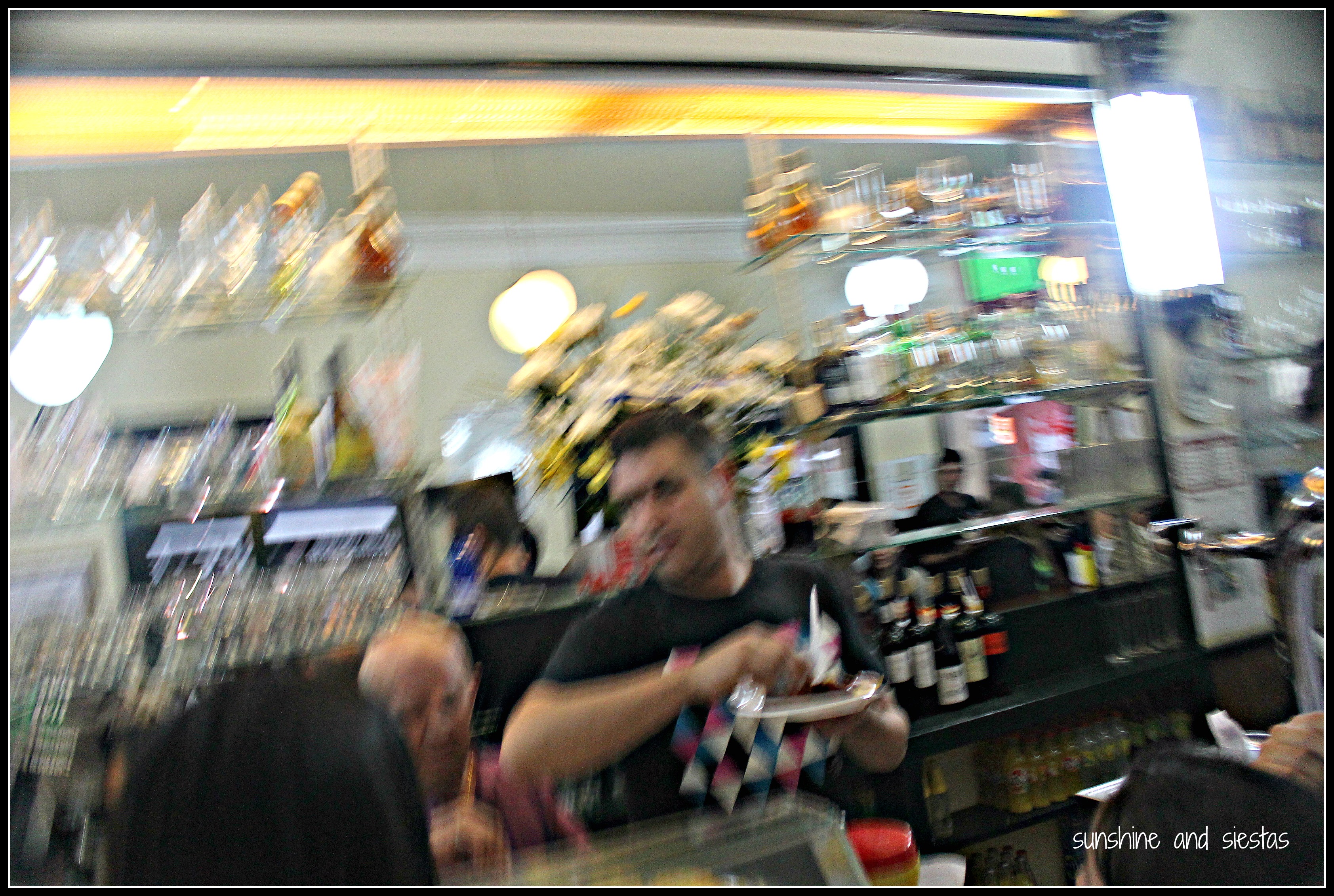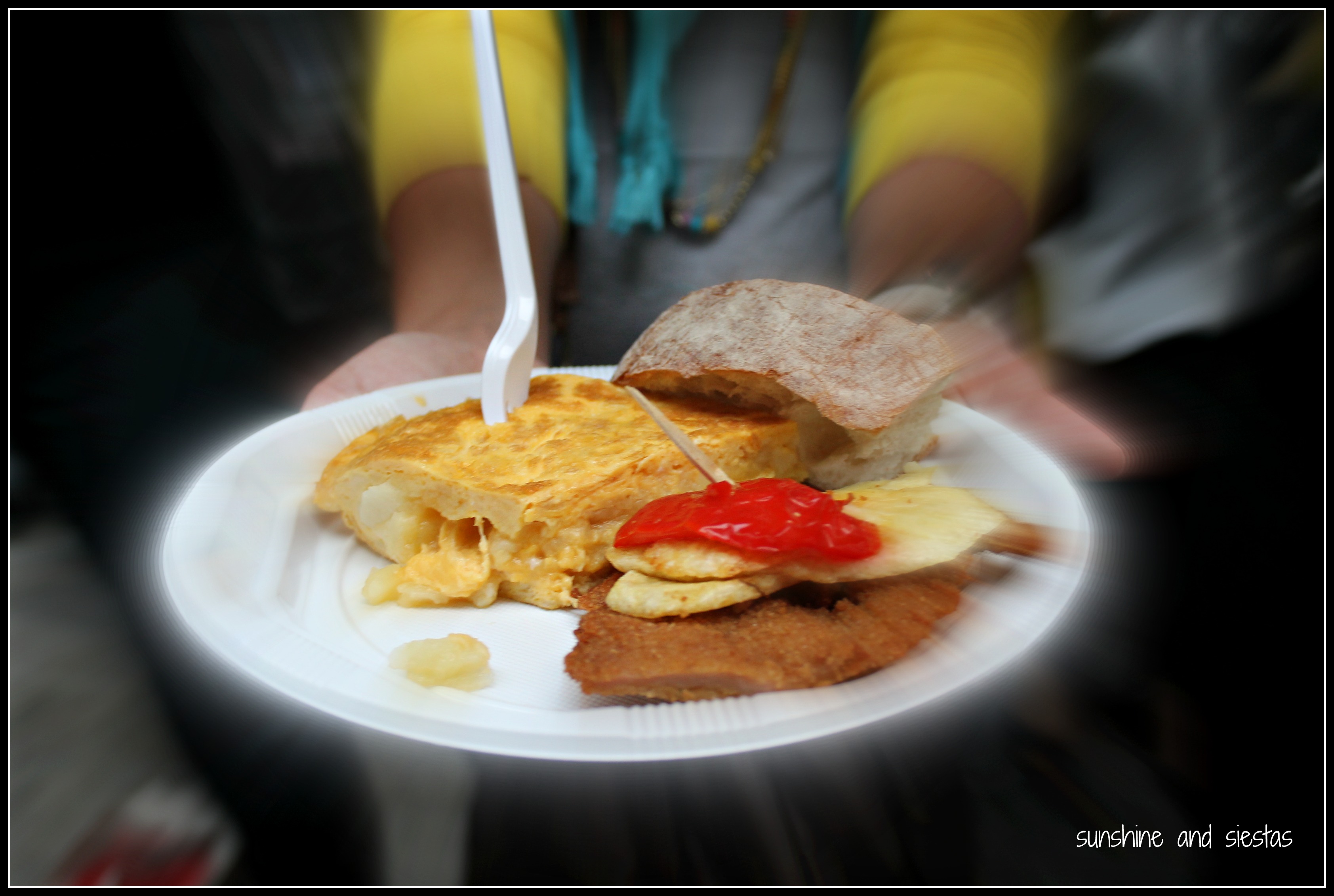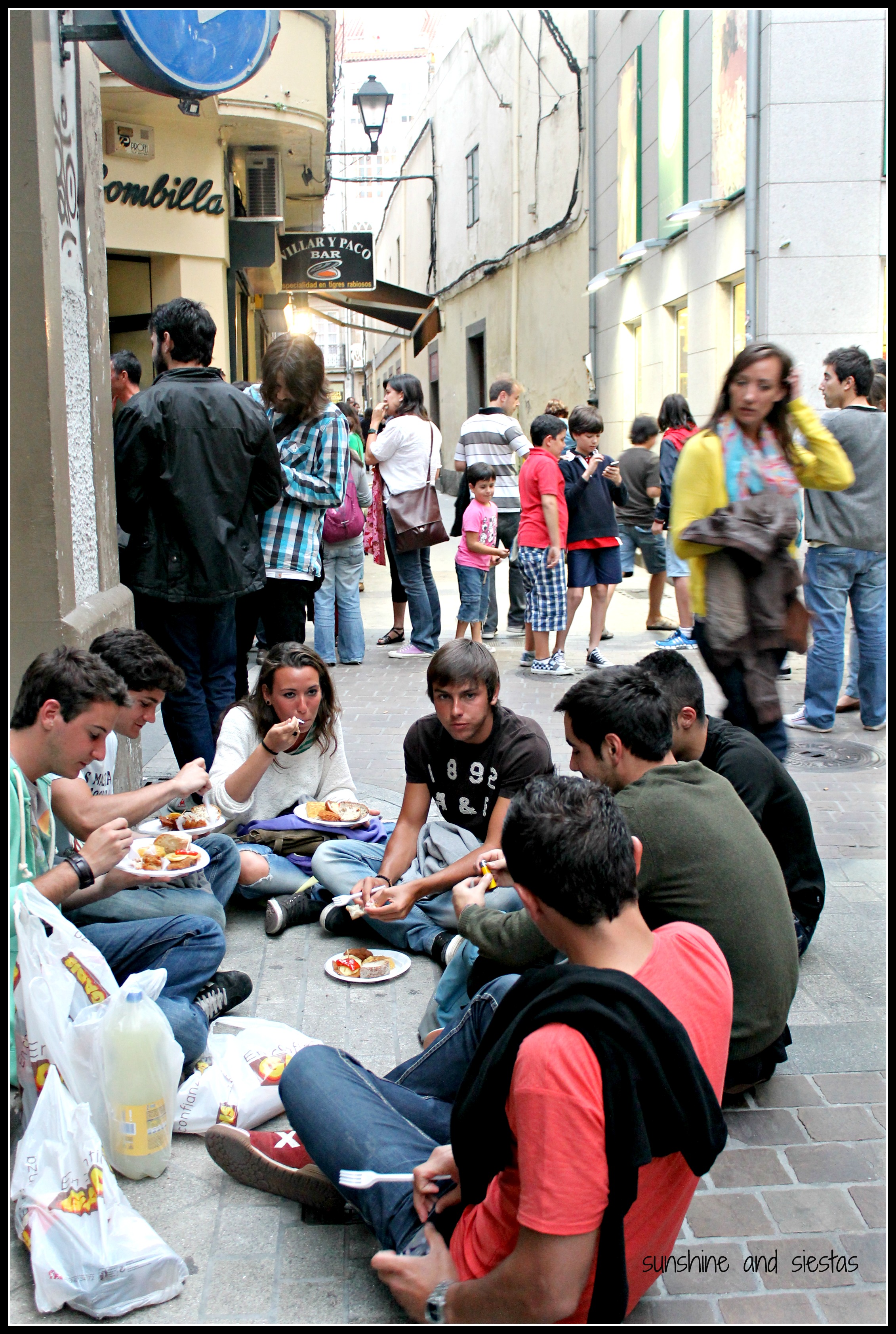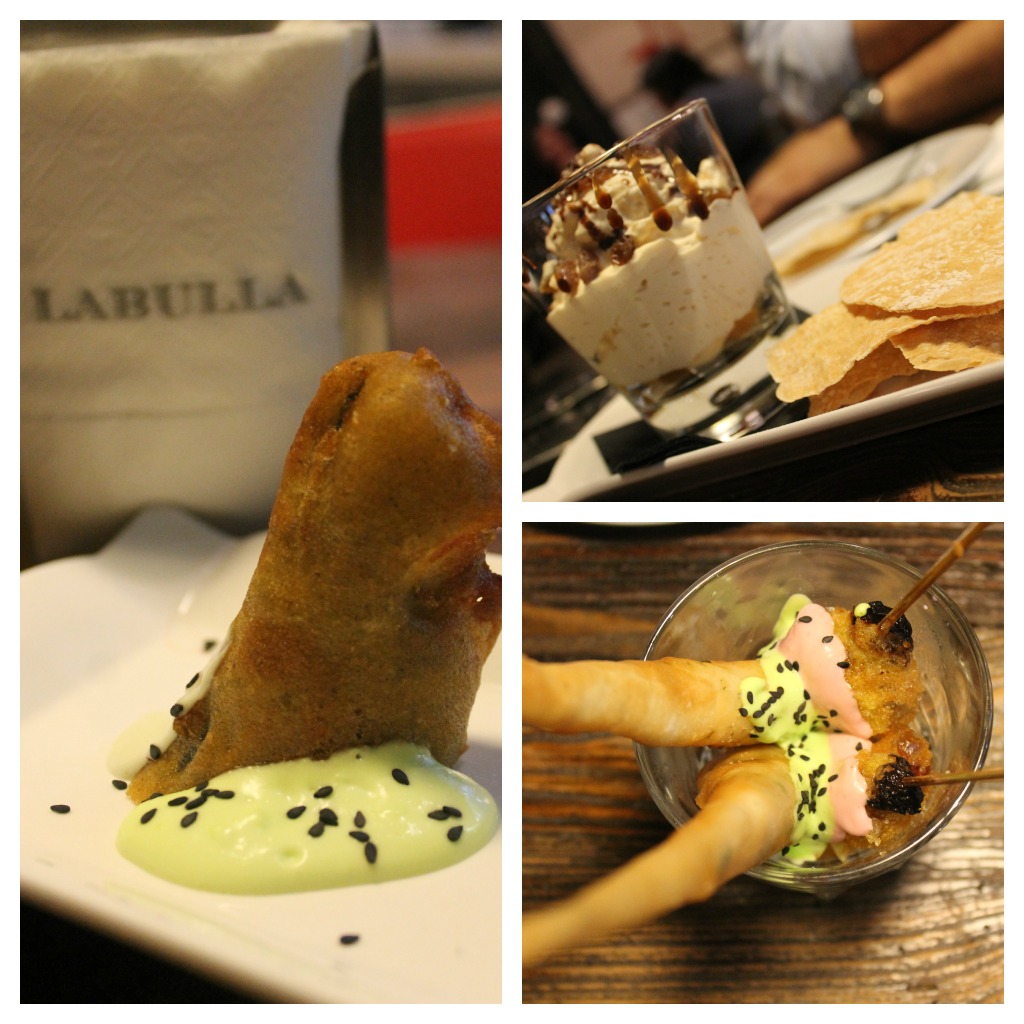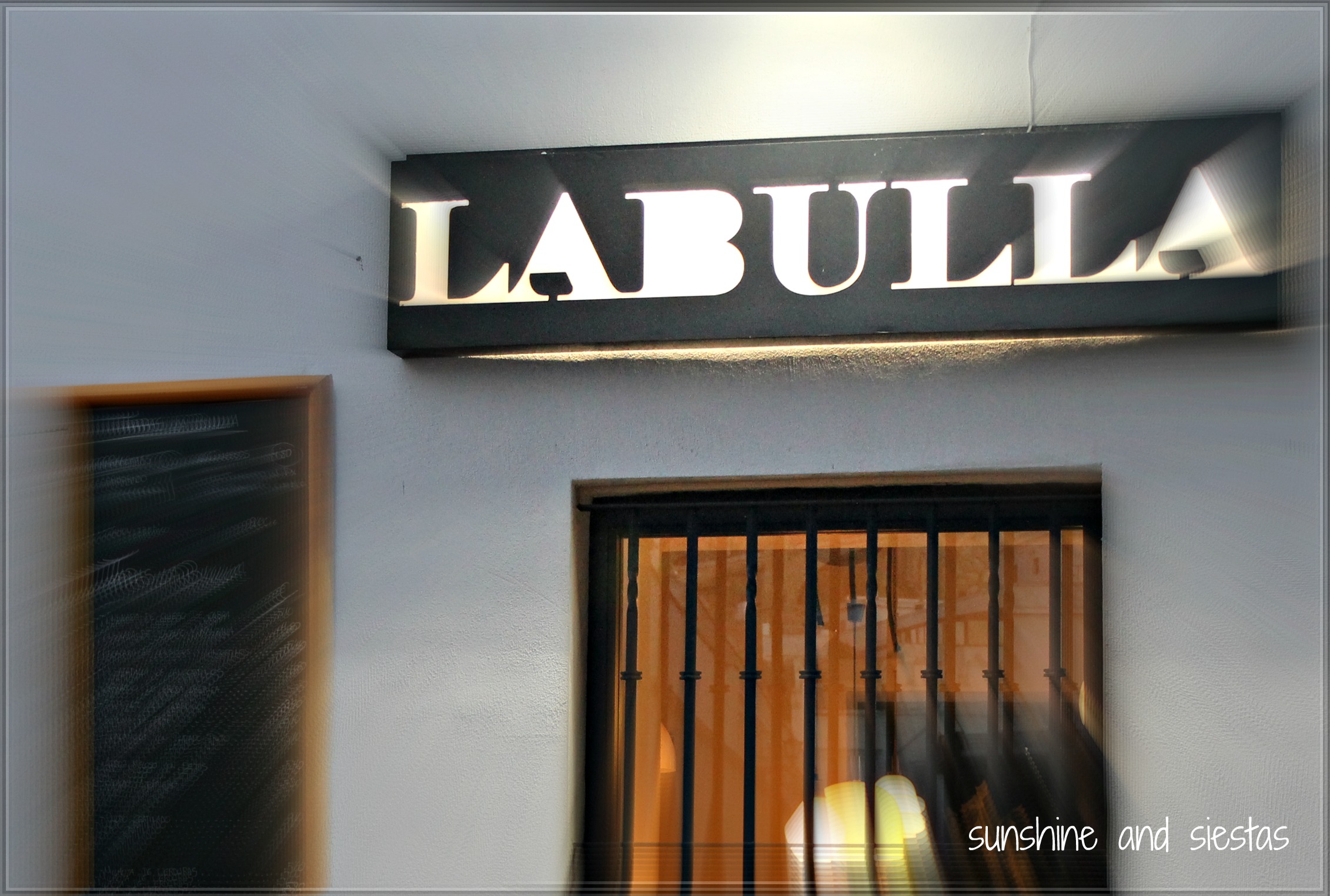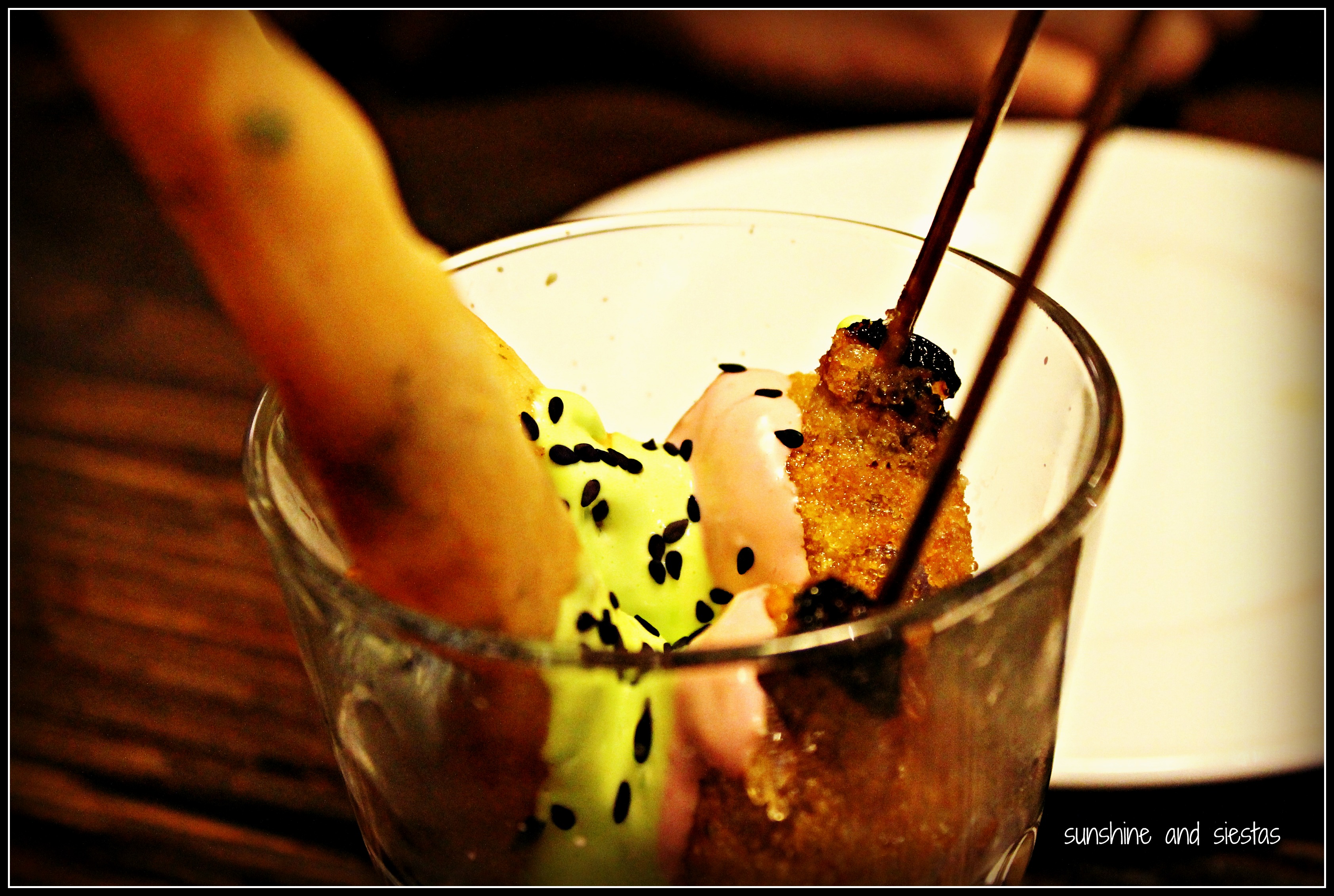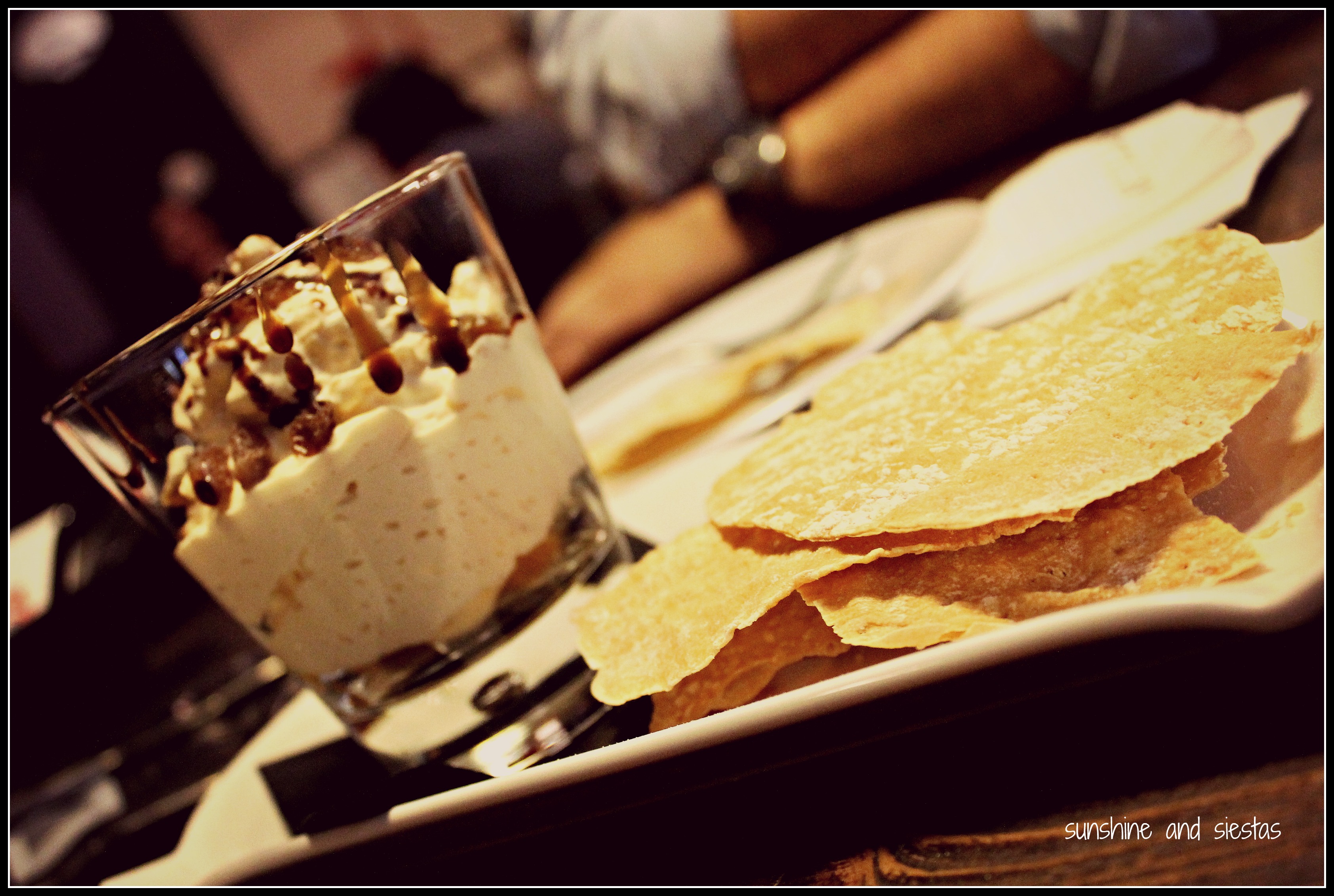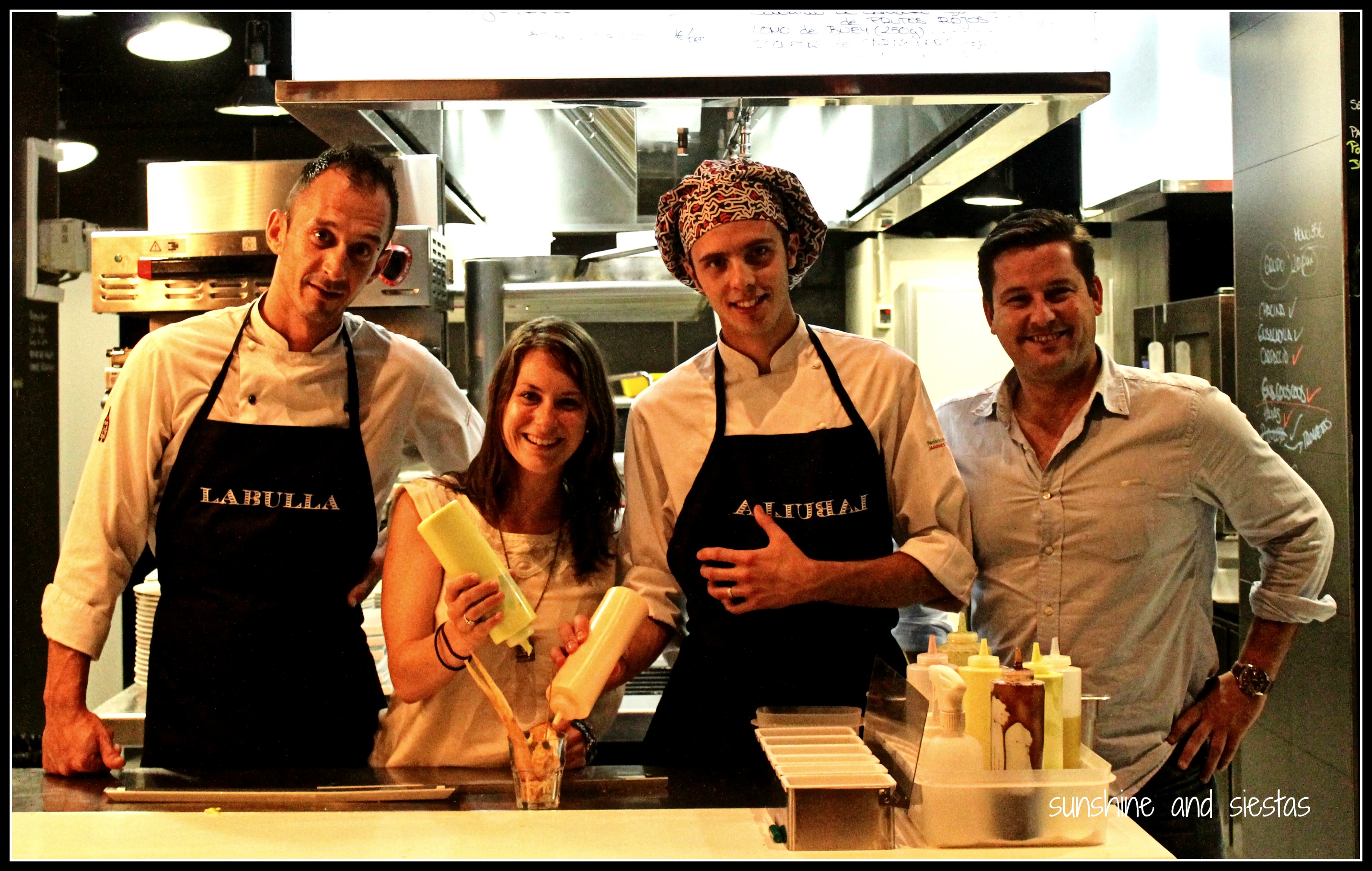My first meal in Spain was less than memorable: Aurora muttered something as she schlepped a large bowl of something in front of us.
“Cat, quick! tell her I’m allergic to seafood! I think that’s tuna and I don’t know how to say it in Spanish!” Emily hissed from across the table.
My jet lagged brain, tired after eight hours and lugging a suitcase halfway across Valladolid, barely got out the word fish while still searching for seafood. My señora stopped right then and there, threw her arms up in exasperation and chided us for not being as open-minded as the Japanese girls who had lived with her before we had arrived.
I tried to simply was what it was called, hoping that would lead to a run-down of the ingredients. It did, alright, and it seemed that my host mother had folded in every. single. thing. she had in her kitchen into the cubed potato and mayonnaise mix.
We used a “break for air and exploring” as an excuse to pick up sandwiches from a bar around the corner as I explained to Emily exactly what we had eaten:
The Spanish version of a kitchen sink, ensaladilla rusa. Literally, Little Russian Salad.
What it is: A cold, cubed potato salad made with mayonnaise, peas, carrots, red peppers and often hardboiled eggs and canned tuna, accompanied with freshly chopped parsley. The dish often comes with picos.
Where it’s from: As far as I can tell, this popular tapa fría is served in just about every region of Spain, though it varies in its ingredients slightly, or even in its presentation – I’ve seen it atop bread in the Basque Country!
Where to find it in Seville: I’m not a big ensaladilla person because it combines the two foods that make me turn green: mayonnaise and canned tuna. Still, if the mayo isn’t too heavily dolloped into the recipe, I can stomach a bit. I recommend both La Alicantina in Plaza de Salvador (Pza. del Salvador, 2, on the northeast corner), who makes their mayo from scratch and was willing to give it to me on the side, just in case. Their tapa has also garnered quite a bit of fame in city polls. Also, La Cigala de Oro near Santa Justa train station had a fresh tapa that’s light on mayonnaise (Jose Laguillo, 23).
Goes great with: Ensaladilla is typically eaten as bar grub or the starter to a meal because it’s cold and scooped directly onto a plate when you order it. I myself need a few big gulps of Cruzcampo to really like it!
Love tapas? Want to see a specific one featured Thursday? Leave me a comment, or post a picture of you eating your favorite tapas to my Facebook page!
